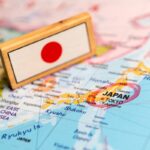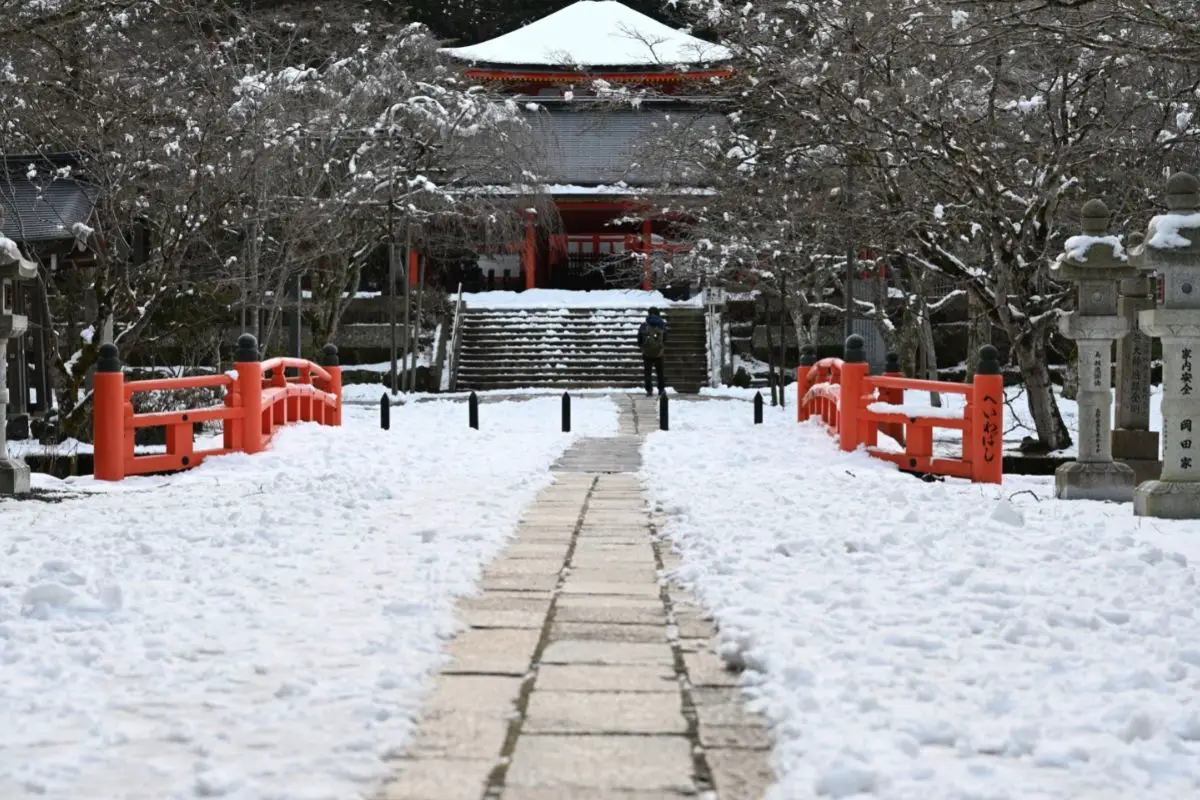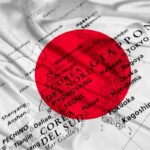When we think of the ocean, we tend to think of never-ending, open water rather than all of the separate seas, straits, and bays that it consists of.
Marginal seas are contained within the ocean. They are seas that have been partially enclosed by peninsulas, archipelagos, or islands.
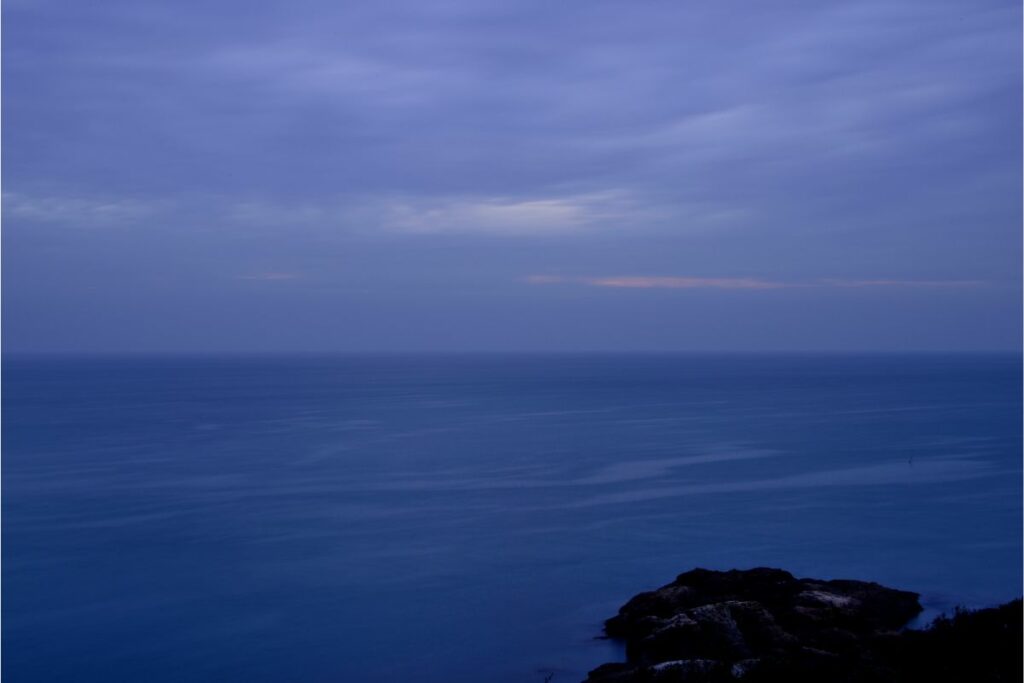
Marginal seas are shallower seas when compared to open oceans, and so are more affected by the activities of humans. The sea of Japan is considered to be a marginal sea.
But where exactly is it situated?
In this article, we will discuss where exactly the sea of Japan is, and more! Read on to find out everything you need to know about the sea of Japan.
Where Is The Sea Of Japan?
The sea of Japan is situated in Eastern Asia. It is surrounded by Sakhalin Island and Russia to the north, North Korea to the west, and South Korea to the southwest, and of course Japan to the east. In the south, it is connected to the East China sea, thanks to the Korea and Tsushima straits.
In the north, it joins the East China sea thanks to the Tatar and La Perouse straits. It also joins the Pacific Ocean via the Tsugaru Strait and the Inland Sea of Japan by the Kanmon Strait.
The Dispute Over Its Name
Did you know there was actually a dispute over the name “Sea of Japan”? While the name was supported by the Japanese Government, other countries bordering the sea were less supportive.
Both North and South Korea objected to the name in 1992, during a conference held to discuss the standardization of Geographical names.
South Korea proposed that the sea should be called the “East Sea”, while North Korea stated that the sea should be called the “Korean East Sea”.
These days, the sea is formally known as the “Sea of Japan”, with most documents and maps using this name. However, some documents and maps will use “East Sea”, and other documents and maps will use both, with “Sea of Japan” being the main title, and “East Sea” is placed in parentheses.
The Geography Of The Sea Of Japan
The Sea of Japan is 2,255 km in length, and 1,070 km in width. It is also 3, 742 m in depth, and 1, 752 m is its mean estimated depth.
This sea consists of deep-water basins, three to be exact. These are:
- The southwest Tsushima Basin
- The southeast Yamato Basin
- The north Japan Basin
Not only that but the coastline of the sea is dissected. There are many steep, high banks such as the Oki Ridge, the Sado Ridge, the Okujiri Ride, the Hakusan Banks, and the Wakasa Ridge.
The biggest bays you will find in the Sea of Japan are Posyet Bay, Peter the Great, Vladimira Bay, and Olga. There is also East Korea Bay in North Korea, the Sovetskaya Gavan in Russian, Wakasa, also known as Honshū Island, and Ishikari, also known as Hokkaidō Island, both of which are in Japan.
Marine Life In The Sea Of Japan
There is an extremely diverse, rich set of marine life to be found in the Sea of Japan. It consists of:
- Aquatic flora: 800 species
- Aquatic fauna: 3, 500 species
And more specifically:
- Fish: 1,000 species
- Crustaceans: 900 species
- Marine mammals: 26 species
Some examples of pelagic fish that live in the Sea of Japan are:
- Sauri
- Jack mackerel
- Mackerel
- Anchovies
- Salmon
- Herring
- Trout
- Sardines
Some examples of demersal fish that live in the Sea of Japan are:
- Atka mackerel
- Cod
- Alaskan pollack
Some examples of crustaceans that live in the Sea of Japan are:
- Mollusks
- Crabs
- Cuttlefish
- Shrimps
- Scallops
- Oysters
- Squid
Some examples of marine mammals that live in the Sea of Japan are:
- Whales
- Seals
An example of an echinoderm that lives in the Sea of Japan is trepangs, more colloquially known as sea cucumbers.
The Climate Of The Sea Of Japan
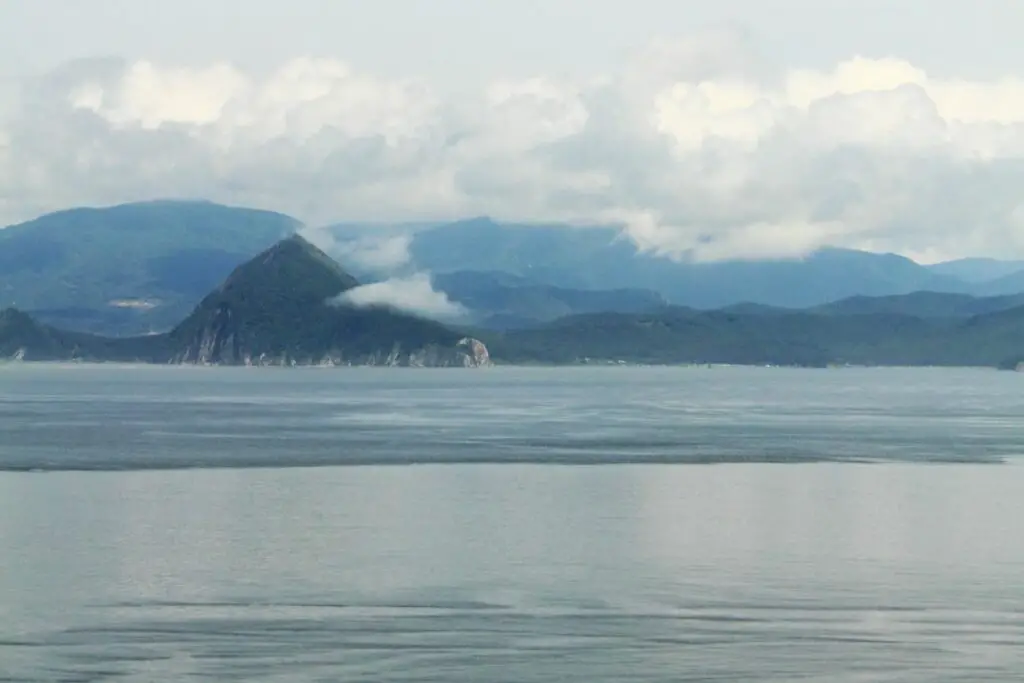
Japan’s climate is actually influenced by the sea of Japan! The warm waters cause evaporation to be noticeable in the winter. Here, large amounts of water vapor will rise between dry and cold polar air mass, as well as tropical, warm air mass.
From early winter to early spring, there is a monsoon wind that comes from the northwest that carries dry and cold continental air over the sea’s warmer waters, which results in snow appearing along the west coast mountains in Japan.
Additionally, this winter monsoon will cause coastal erosion along Japan’s west coasts, thanks to the rough seas that it brings.
Then, in the summer, there is a tropical monsoon that comes from the North Pacific to the Asian mainland. This causes a fog when the weather grows warm, and causes a moist wind to wash over the cold currents of the north part of the sea.
The parts of the Sea of Japan that are situated off the Siberian Coast and Tatar Strait will freeze during the winter. Then, during the spring and summer, the ice will melt and feed the cold current.
The Sea Of Japan And The Economy
There have been some significant economic activities that have taken place in the Sea of Japan. Of course, fishing in this sea has been popular for centuries. However, other economic activities include mining for petroleum, natural gas, and magnetite.
There are several ports in the Sea of Japan. They are as follows:
Russian Ports
- Sovetskaya Gavan
- Kholmsk
- Vladivostok
- Alexandrovsk-Sakhalisnky
- Nakhodka
North Korean Ports
- Chongjin
- Hamhung
- Wonsan
Japanese Ports
- Tsuruta
- Niigata
- Maizuru
Final Thoughts
So, there you have it! The Sea of Japan is a type of marginal sea: a sea that has been partially enclosed by peninsulas, islands, or archipelagos.
This sea is located in Eastern Asia and is surrounded by various straits, as well as Japan, Russia, South Korea, North Korea, and Sakhalin Island.
This sea is made up of three deep-water basins, a dissected coastline, steep, high banks, and plenty of bays.
We hope this article told you everything you needed to know about the Sea of Japan!


